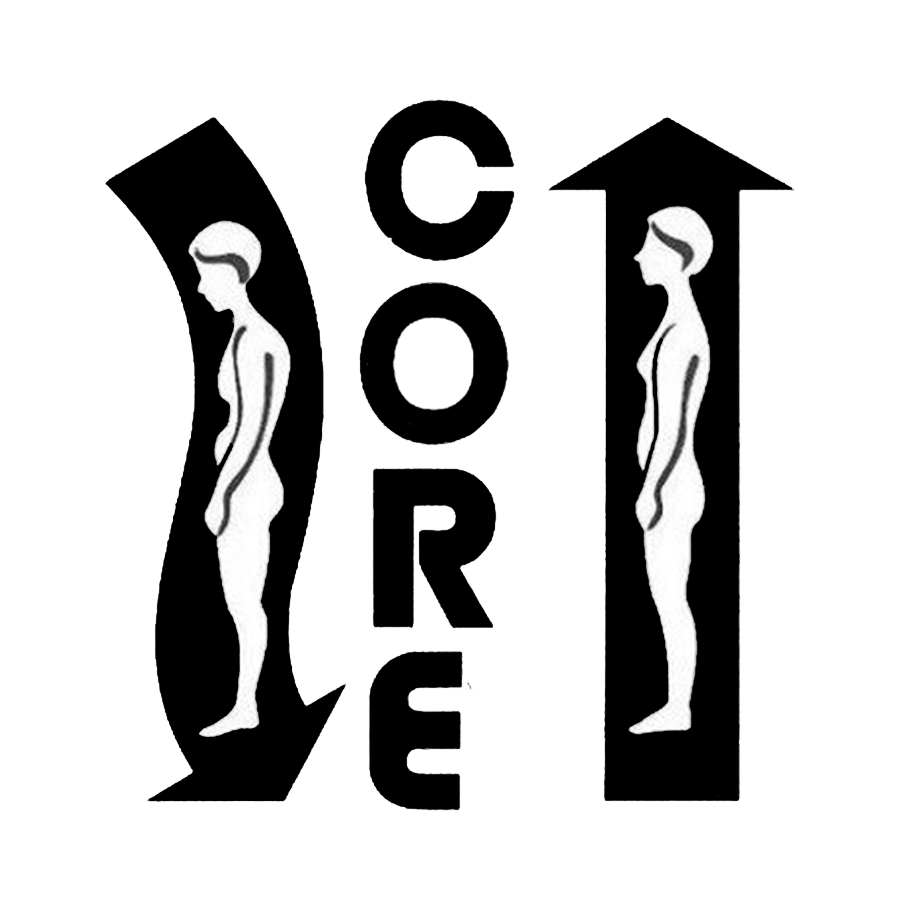With Pamela Martin CORE Fascial Release Instructor (Level II) and Dr Ian Tennant (CORE III Practitioner)
This is the foundational course of CORE Fascial Release work. In this two-day workshop, we explore breathing, moving, feeling and learning through an embodied experience. Learning how we can facilitate deep change in an hour long protocol, this class is both a standalone offering and the springboard to further trauma sensitive bodywork classes.
Students will learn principles of CORE fascial release and philosophy of touch; visit and review Noah’s “holy trinity” of psoas, diaphragm and ilioquadratus muscles as key to health; see the connective network as a continuum; learn movement cues and stretches for client and practitioner; and receive a bibliography of suggested readings to enhance their understanding of fascia, energy, and well-being.
In addition, the primary goal of the course is to teach students a practical one hour, all purpose session of deep tissue CORE work that can be modified to suit nearly any body and any situation.
Students will receive lecture and demonstration, then practice this session in partnerships before working with outside models to anchor their learning in practical touch. If you’re ready to take your bodywork to a new level, CORE I may be for you.
Cost: £380. Deposit of £150 secures your place.
Class limited to 6
Start your CORE journey : Book online
Or book via bodyliving.co.uk
Contact pam@bodyliving.co.uk
Pre-requisite: Open to anyone with a keen interest in the bodymindcore. We ask you familiarise yourself with this approach through CORE 0.75 (online offering available on corefascialrelease.com -available until 1/9/25 for $50) or equivalent. Please contact Pam if you’re unsure .
16 CPD Certificate of completion
COURSE CONTENTS Day 1
Introductions/business/ground rules
Lecture: philosophy of touch, anatomy of fascia/connective tissue
Assessment: ‘Seeing’, finding and feeling connections
An overview of the one session all purpose recipe
Review of psoas muscle and its relationships through the body—especially to diaphragm, quadratus lumborum and iliacus
Specific work techniques: psoas, tibialis posterior, serratus anterior, erectors, tailbone and arms
“Reading Muscle Roadmaps” — a contrasting look at Anatomy Trains
Working with deep tissue: Specifics of the one session blueprint
COURSE CONTENTS Day 2
Partner work of CORE I session
Review Standards of Practice for CORE Fascial Release
Bibliography
Contraindications
Stretching at the CORE for clients and practitioners
Work with models
Final considerations: Creating specific approaches
